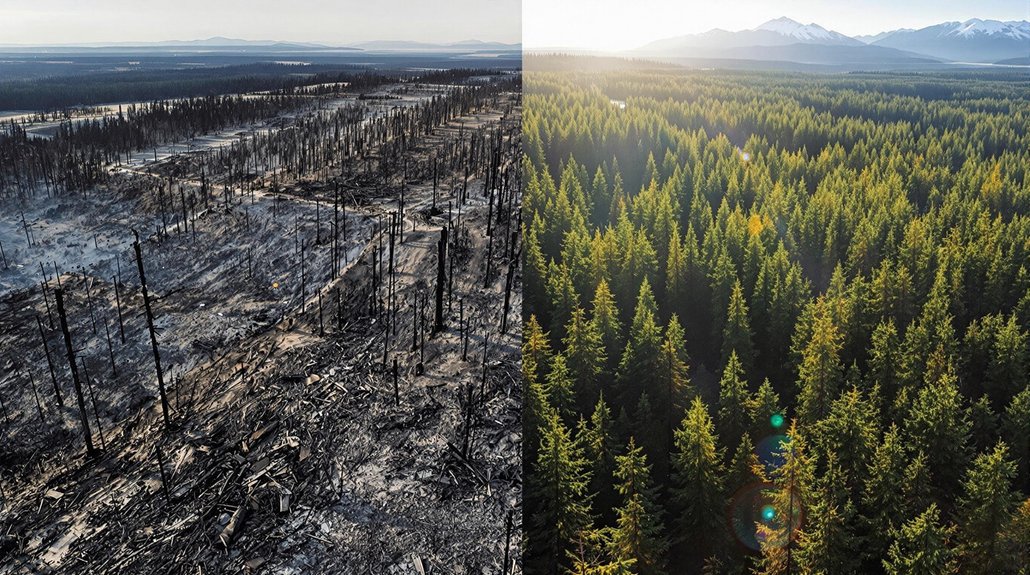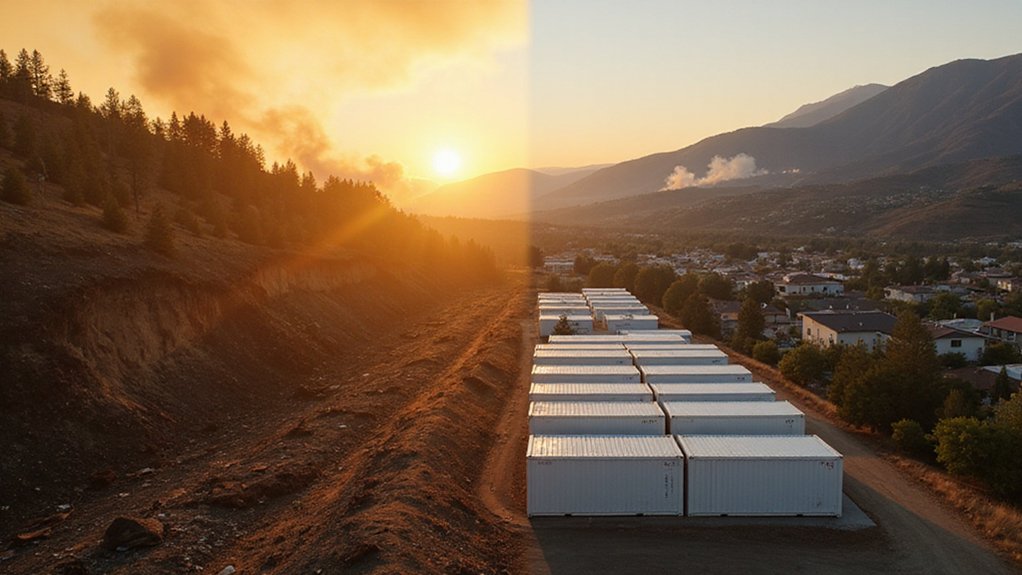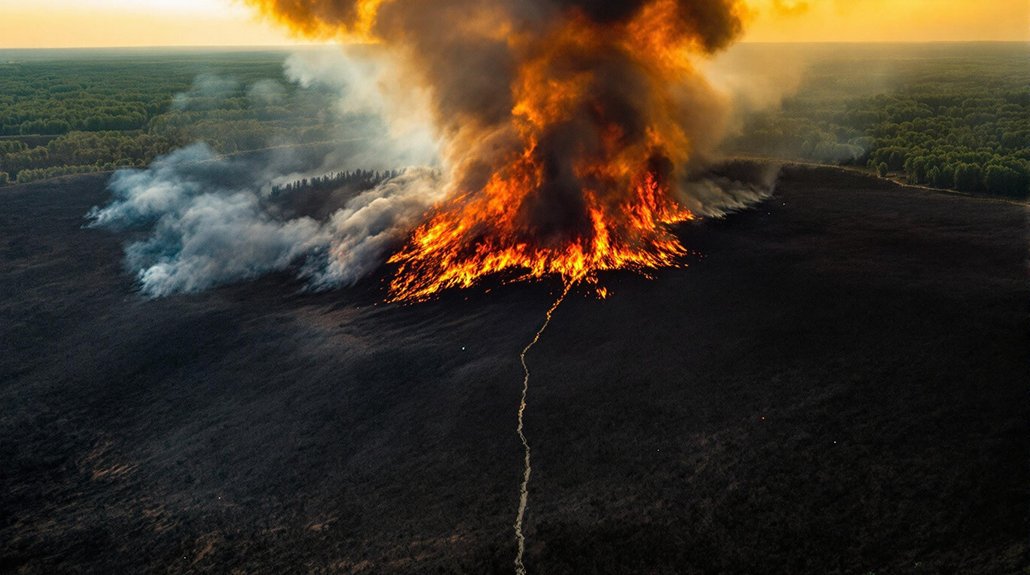The White House plans to change how America handles forest fires. Officials want to move from simply fighting fires to preventing them with controlled burns and better vegetation management. They’re also pushing for fire-resistant building codes and improved coordination between agencies. This shift comes as wildfires grow more frequent and destructive across the country. The success of this new approach could reshape how communities coexist with forests for generations to come.
Wildfires rage across forests with increasing frequency and intensity, prompting experts to emphasize the importance of proactive forest management. The White House is considering a major shift from traditional fire suppression methods to more thorough prevention strategies. This approach recognizes that simply fighting fires after they start isn’t enough to address the growing crisis.
Controlled burns represent a key strategy in this new direction. These carefully managed fires remove dead vegetation that would otherwise fuel larger wildfires. They’re typically conducted during seasons when wildfire risk is low. These practices have historical use by Native peoples who recognized their effectiveness in preventing devastating wildfires.
Firebreaks, including roads or cleared strips of land, create barriers that can stop advancing flames, especially when combined with natural features like rivers.
Vegetation management is another vital component of the plan. This includes thinning forests, removing dead wood, and creating proper spacing between trees. These actions limit how quickly fires can spread and improve overall forest health. Special equipment like brush cutters helps clear land effectively. Proper tree spacing of 6-10 feet for evergreens is essential to prevent wildfire spread and aid in suppression efforts.
The initiative also promotes planting diverse, fire-resistant tree species to create more resilient forests. Trees that resist disease and drought are less likely to become fire hazards. Managing pests and diseases keeps trees healthier and better able to withstand fire threats.
Community protection measures aren’t being overlooked. The plan encourages fire-resistant building materials, strategic landscaping around structures, and better emergency planning. Early detection systems could improve response times when fires do start.
This shift represents a broader policy change. Rather than focusing mainly on putting out fires, the approach emphasizes preventing them through better forest management. It calls for coordination across jurisdictions and collaboration with local partners to guarantee consistent application of prevention strategies.
Sustainable practices, including maintaining natural fire cycles and responsible logging, form the foundation of these efforts. Advanced monitoring tools and ongoing research on fire behavior will guide implementation.
The goal is clear: healthier forests that are naturally more resistant to devastating wildfires.








